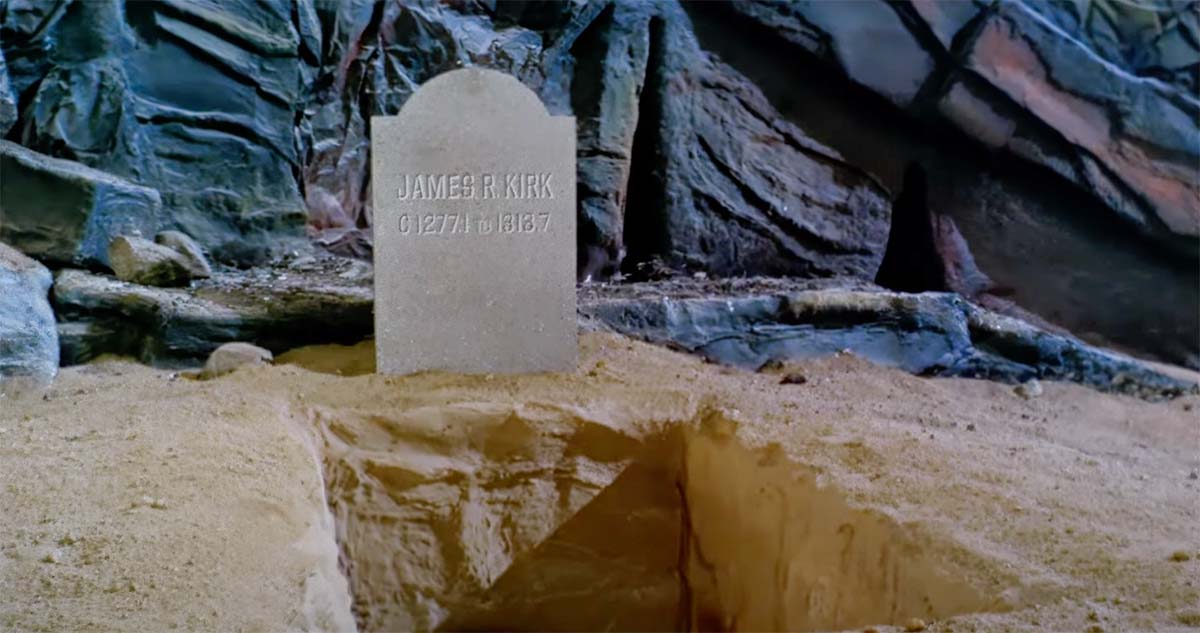The Gravestone Error in Star Trek
A look at the gravestone error in "Where No Man Has Gone Before" that labeled Kirk as James R. Kirk, and how this small mistake became a beloved part of Star Trek history.

When viewers first tuned in to "Where No Man Has Gone Before" in 1966, they were treated to a vision of the future where men explored the stars, tested the limits of human knowledge, and sometimes confronted godlike powers. But in the midst of that high adventure, sharp-eyed fans noticed a peculiar detail that would echo through Star Trek fandom for decades — a gravestone marked with the name "James R. Kirk."
In the episode, Captain James T. Kirk must face his old friend Gary Mitchell, whose encounter with a strange galactic barrier transforms him into a being of immense power. As Mitchell's abilities grow so too does his disdain for the frailties of humanity. At the story's climax on the barren world of Delta Vega, Mitchell uses his mental powers to conjure a gravestone for Kirk. The stone is a chilling symbol of Mitchell's intent to end his former friend's life. But etched into that prop is an unexpected error — the name "James R. Kirk."
The mistake is simple enough. Star Trek had not yet fully settled its canon details during production. The middle initial 'R' slipped through, perhaps overlooked in the rush of making television on a tight schedule and budget. When the series continued, the writers and producers clarified Kirk's full name as James T. Kirk with Tiberius as his middle name. This moniker would become iconic in science fiction.
How did such an error persist into a finished episode of a major network program. The realities of 1960s television production provide the answer. Sets were built and torn down at a rapid pace, props were designed quickly, and continuity was a more fluid concept than it is today. In a time before home video and freeze-frame technology, few expected viewers to study every frame so closely. But Star Trek's devoted audience, even from the beginning, brought a keen eye to the details.
Over time, fans offered their own explanations for the gravestone blunder. Some suggest that Mitchell, though vastly powerful, was imperfect in his godhood, and the error reflects his fading human memory. Others chalk it up to the natural growing pains of a new show finding its footing. Either way "James R. Kirk" became a charming footnote in the larger saga of the Enterprise.
Today, that gravestone stands as an amusing reminder that even the grandest tales of starships and space exploration are made by human hands, subject to the occasional slip. Rather than diminishing the episode, the mistake adds a layer of character to it — a small imperfection that reminds us of the craftsmanship behind the legend.
In the end, Kirk survived Mitchell's wrath, and Star Trek went on to chart its course across generations. And somewhere in the vast archive of television history, the "James R. Kirk" headstone remains a curious relic of a universe that always aimed boldly for the stars.

